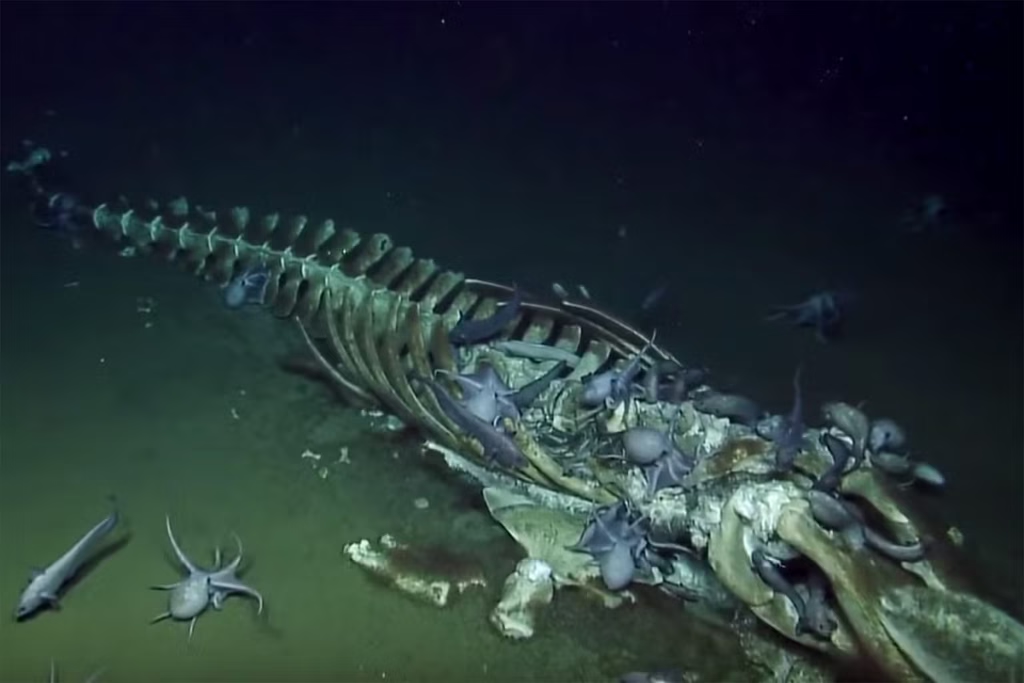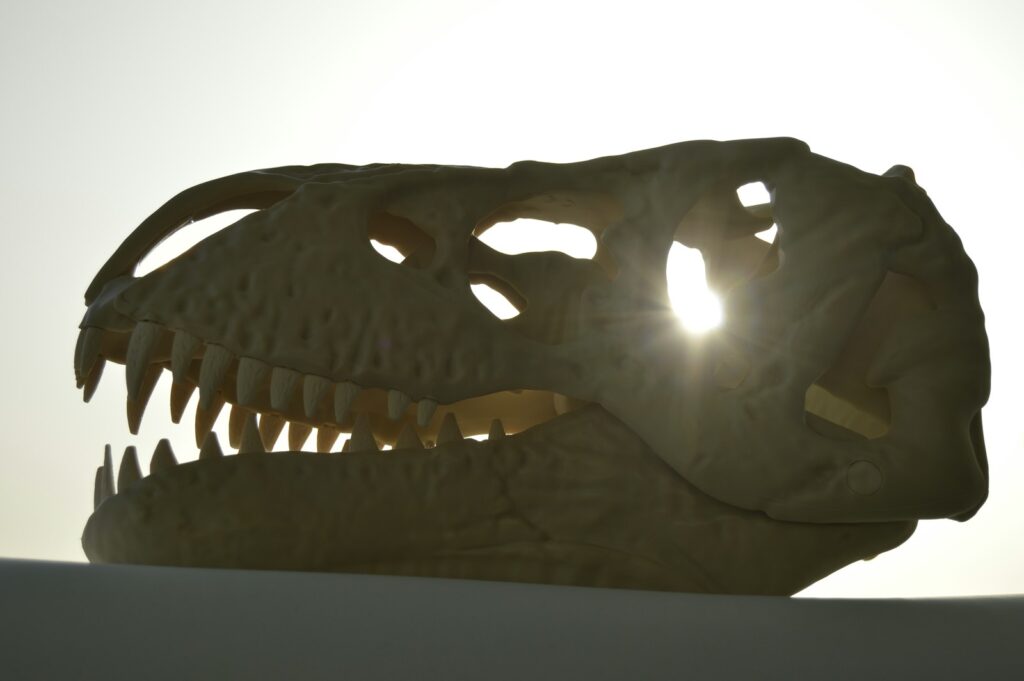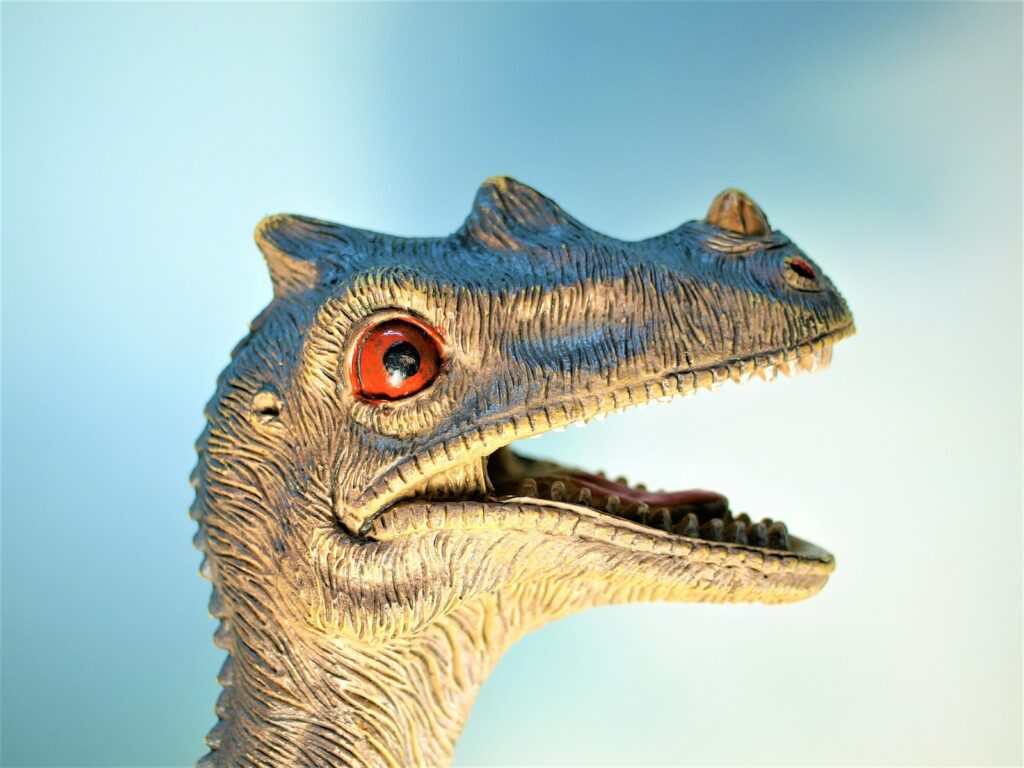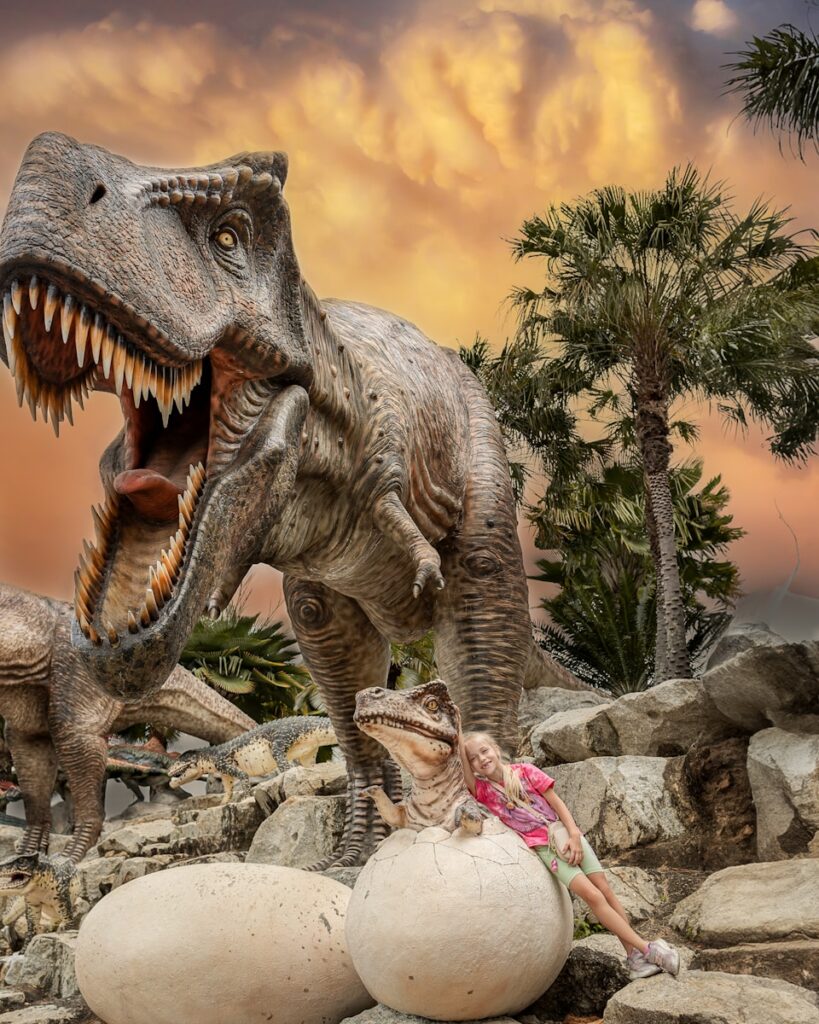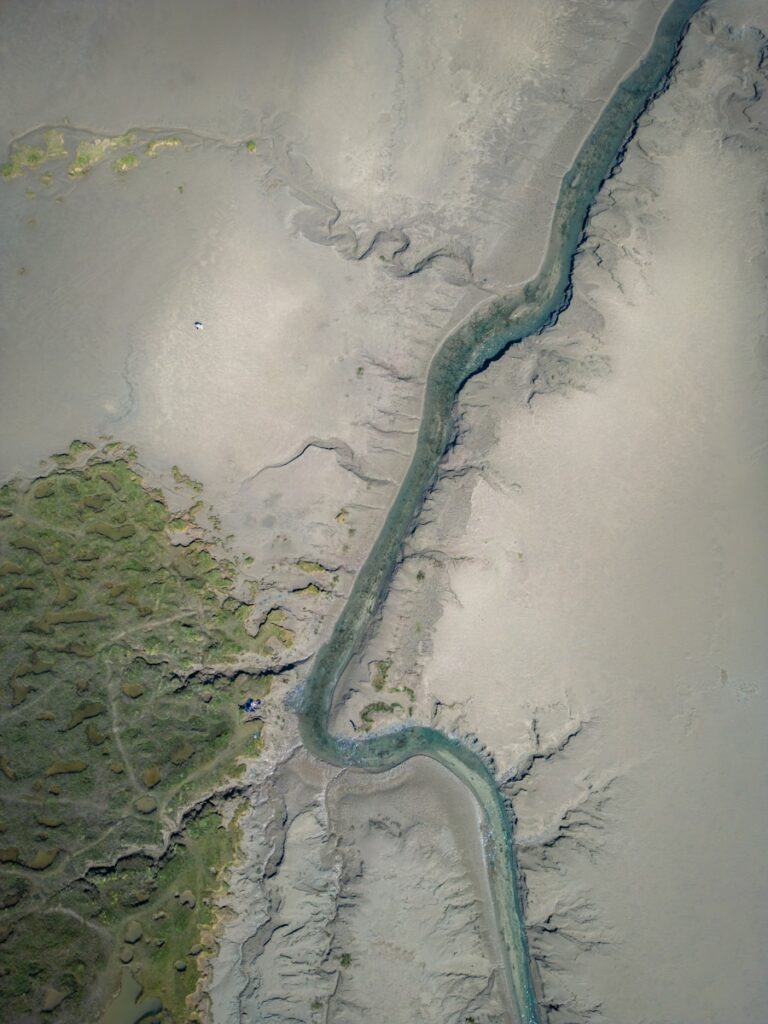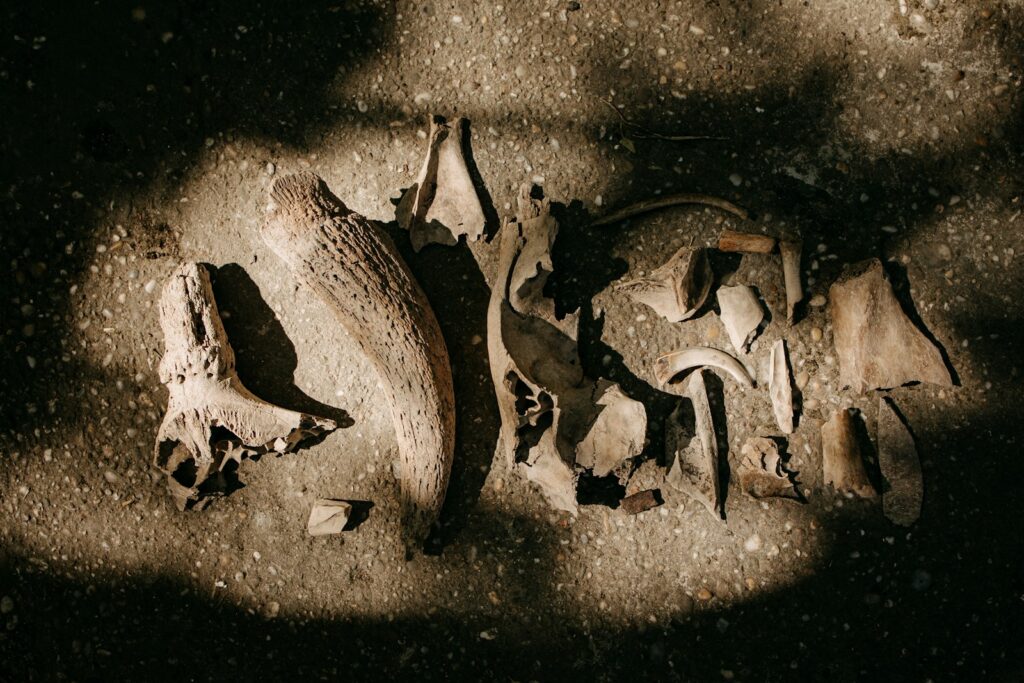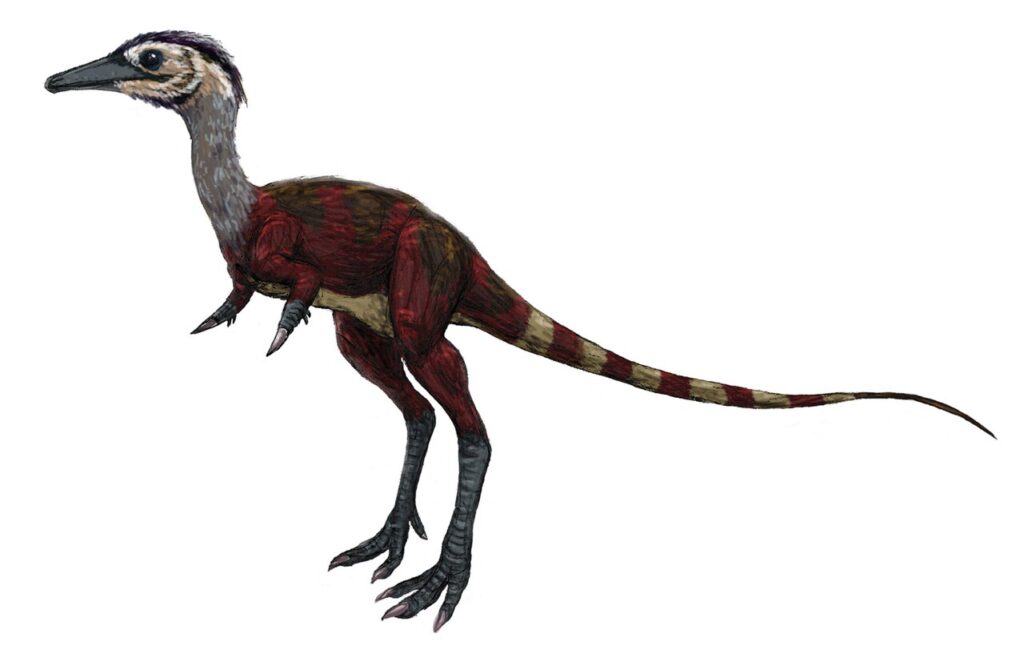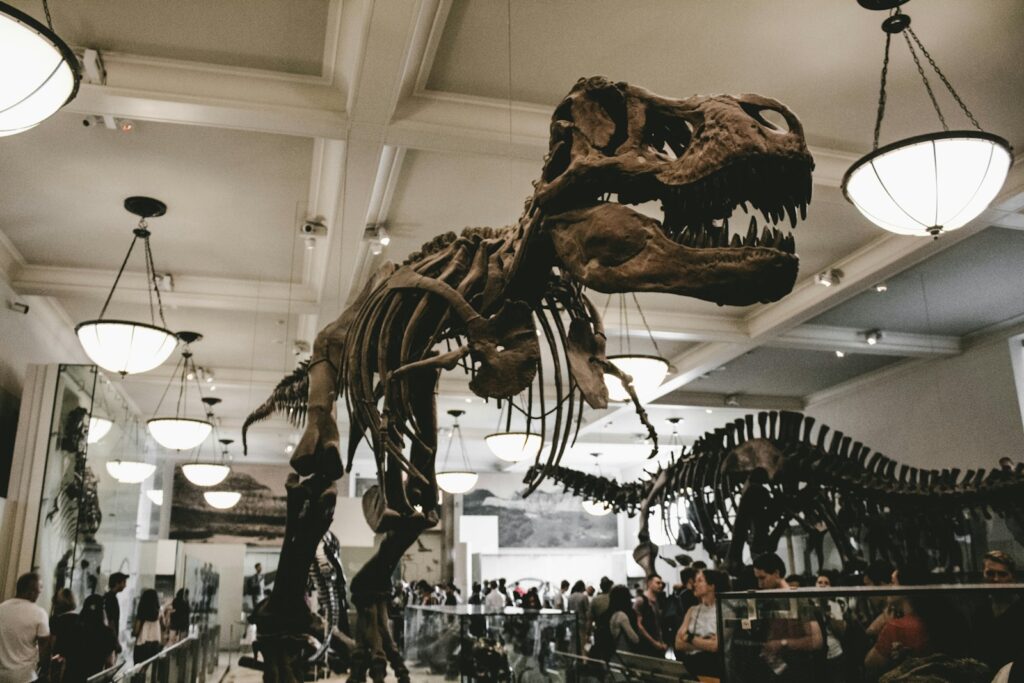Could Bones Create Artificial Reefs in Prehistoric Waters?
The concept of ancient bones serving as the foundation for prehistoric reef ecosystems presents a fascinating intersection of paleontology, marine biology, and ecosystem development. While modern artificial reefs are deliberately created using sunken ships, concrete structures, or even purpose-built materials, nature has been developing its own versions of these biodiversity hotspots for hundreds of millions ...

